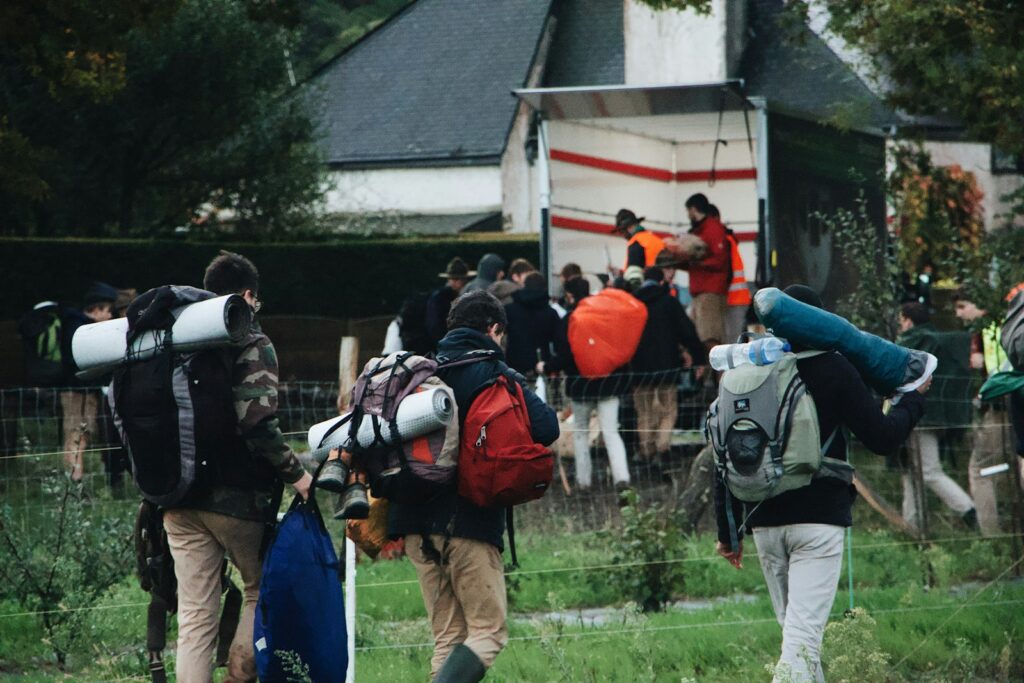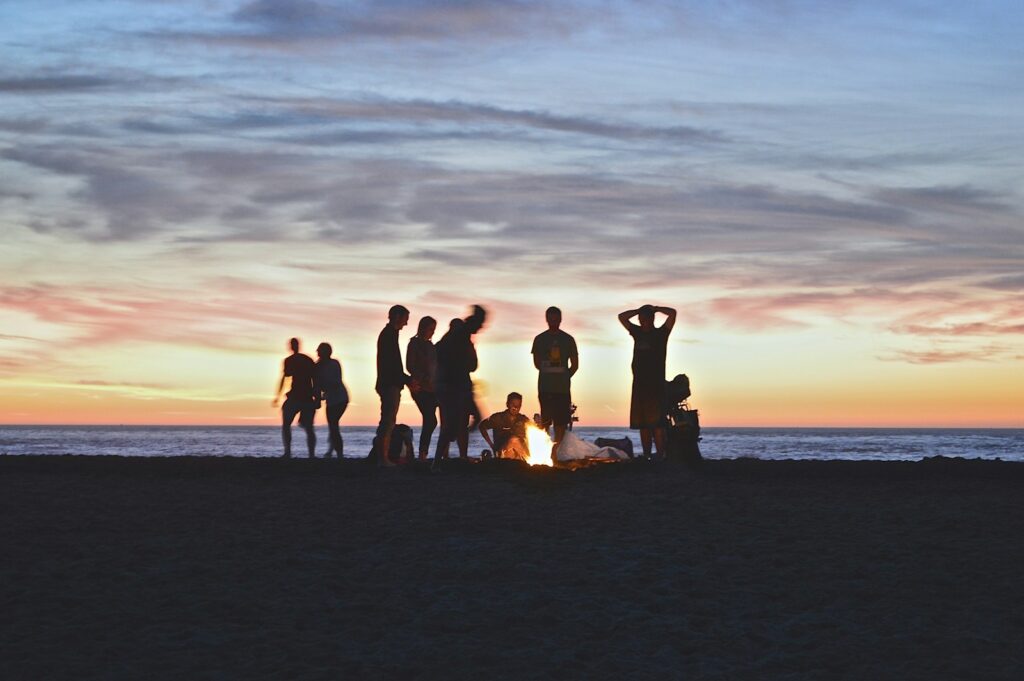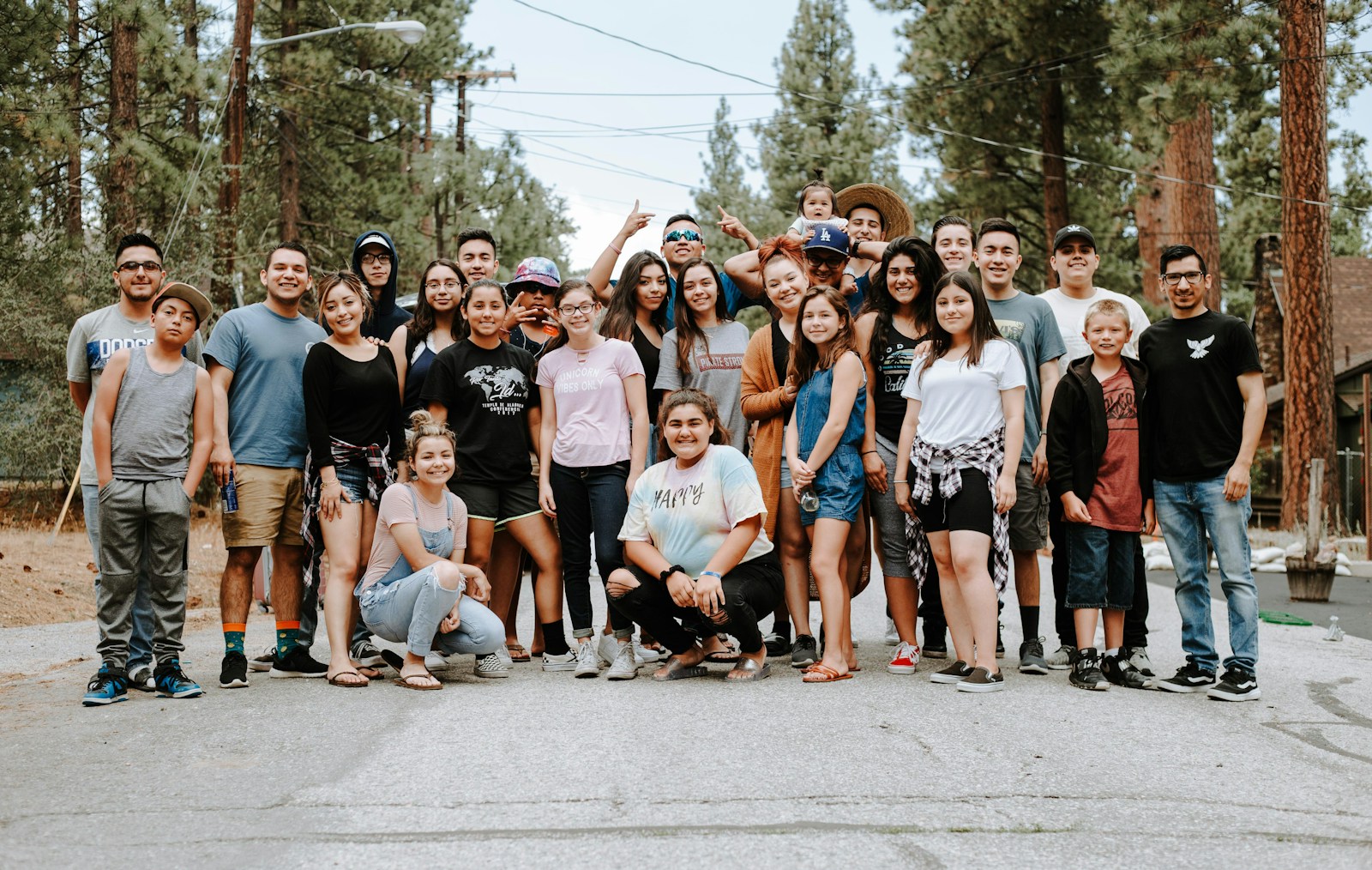Planning a group adventure can be both exhilarating and overwhelming. Whether you’re organizing a weekend camping trip with friends, a family reunion in the mountains, or a multi-day hiking expedition with colleagues, coordinating multiple personalities, preferences, and schedules requires careful planning and diplomacy. The difference between a memorable adventure and a logistical nightmare often comes down to preparation. This comprehensive guide will walk you through the essential steps to plan a successful group adventure while maintaining your sanity throughout the process. From establishing clear communication to handling unexpected challenges, these strategies will help you create an unforgettable experience that everyone can enjoy.
Establish Clear Leadership and Responsibilities

Every successful group adventure needs defined leadership to avoid the chaos of too many decision-makers. While planning should be collaborative, designate a primary coordinator or create a small planning committee who will have final say on key decisions. Divide specific responsibilities among willing participants based on their strengths and interests—someone detail-oriented can handle budgeting, while your foodie friend might plan meals.
Create a shared document that clearly outlines who is responsible for what, with deadlines for each task to ensure accountability. Having this structure in place prevents the all-too-common scenario where everyone assumes someone else is handling an important detail, only to discover at the last minute that nobody did.
Choose the Right People for Your Adventure

Not every friend or family member is suited for every type of adventure, and that’s perfectly okay. Consider the physical demands, comfort levels, and general disposition required for your planned activities before extending invitations. Someone who needs luxury accommodations might not enjoy primitive camping, while a person who hates early mornings would struggle with a sunrise hiking expedition.
Have honest conversations about what the trip will entail, including physical requirements, sleeping arrangements, and general conditions participants should expect. This transparency allows people to self-select out if the adventure isn’t right for them, preventing mid-trip resentment or discomfort that can affect the entire group’s experience.
Set Clear Expectations from the Beginning

Misaligned expectations are the primary source of conflict on group adventures. From the outset, clearly communicate what participants should anticipate regarding accommodations, activities, physical demands, and personal expenses. Create a detailed itinerary that includes information about daily activities, approximate timing, meal arrangements, and any special gear or preparation needed.
Specify whether people will have free time for personal exploration or if the group will stay together throughout. Be upfront about the budget, including what’s covered in any shared expenses and what individuals will need to pay separately. Setting these expectations early helps everyone prepare appropriately and reduces the chance of disappointment or surprises during the trip.
Develop a Comprehensive Budget System

Money issues can quickly sour the most exciting adventure, so establish a transparent financial plan from the start. Create a detailed budget that accounts for transportation, accommodations, food, activities, equipment rentals, and a contingency fund for unexpected expenses. Decide whether you’ll collect money upfront for shared expenses or use an expense-sharing app during the trip.
Consider having participants pay deposits for bookings that require advance payment, and clearly communicate payment deadlines. Be mindful of varying financial situations by offering options at different price points when possible, or allowing people to opt out of certain activities. Maintaining a spreadsheet that tracks all expenses and individual contributions prevents confusion and potential resentment over who paid for what.
Master Group Communication Tactics

Effective communication is the backbone of any successful group adventure. Create a dedicated communication channel, whether through a group chat, email thread, or specialized trip planning app, where all important information can be shared and archived. Schedule periodic planning meetings or video calls to discuss major decisions and address questions, especially for longer or more complex adventures.
Document all decisions and share them with the group to prevent miscommunications or later disagreements about what was agreed upon. Establish a system for time-sensitive communications during the trip itself, particularly if you’ll be in areas with limited connectivity, such as designated check-in times or meeting points if the group separates.
Plan Accommodations That Balance Privacy and Togetherness

Finding the right balance between group bonding and personal space is crucial for maintaining harmony during your adventure. Consider accommodations that offer communal gathering areas alongside private sleeping spaces, such as vacation rentals with multiple bedrooms or adjoining hotel rooms. Take into account individual sleep preferences and habits when assigning rooms or tents to avoid pairing light sleepers with snorers.
Be mindful of bathroom logistics, particularly for larger groups or when staying in places with limited facilities, by creating informal schedules if necessary. For longer trips, build in opportunities for everyone to have some alone time, preventing the interpersonal friction that can develop from constant togetherness in high-energy environments.
Create a Flexible Itinerary with Built-in Buffers

While structure is important, rigid scheduling can create unnecessary stress when inevitable delays or unexpected opportunities arise. Design an itinerary with realistic time estimates that account for varying paces and energy levels within your group. Include buffer time between activities to accommodate those who move more slowly or need additional rest. Identify which elements of your itinerary are fixed (like reserved tours or time-specific events) versus flexible (such as which trail to hike or where to eat dinner).
Have contingency plans for major activities in case of bad weather or unforeseen closures, including indoor alternatives for outdoor adventures. This balanced approach to scheduling provides necessary structure while allowing the spontaneity that often creates the most memorable moments.
Master the Art of Group Transportation

Transportation logistics can make or break a group adventure, particularly when multiple vehicles or complex connections are involved. Determine the most efficient transportation method based on your group size, destination, and the amount of equipment you’ll be bringing. If carpooling, create clear driving rotations and establish expectations for sharing fuel costs and vehicle wear. For adventures requiring air travel, coordinate arrival times within reasonable windows to avoid lengthy waits at airports or train stations.
Create detailed directions and meeting points, complete with backup contacts for those traveling separately or arriving at different times. Always have a contingency plan for missed connections or travel delays, including alternative routes and emergency contact information for all transportation providers.
Develop a Comprehensive Meal Strategy

Food planning is often underestimated but critically important, especially for remote adventures where dining options are limited. Survey participants about dietary restrictions, allergies, and strong preferences well in advance, and create meal plans that accommodate these needs without creating overly complicated cooking situations. For multi-day trips, consider a rotation system where small teams take responsibility for specific meals, distributing both the workload and the cost.
Create detailed shopping lists and consider pre-preparing certain elements that can be frozen or stored, particularly for the first day when energy for cooking might be limited after travel. Don’t forget to plan for snacks and sufficient water, especially for physically demanding activities where proper nutrition and hydration are essential for safety and enjoyment.
Implement a Democratic Decision-Making Process

While having designated leadership is important, creating a sense of ownership among all participants increases investment in the trip’s success. Establish a decision-making framework that distinguishes between major decisions requiring group input (like the destination or activity focus) and smaller logistical decisions that can be handled by designated planners. Use tools like online polls for important choices to ensure everyone’s voice is heard without requiring endless group discussions.
Create opportunities for individuals to champion activities or experiences they’re particularly passionate about, allowing everyone to shape some aspect of the adventure. Be transparent about why certain decisions were made, especially when consensus isn’t possible, focusing on the practical considerations that influenced the final choice.
Prepare for Personality Dynamics and Conflict Resolution

Even the most carefully selected group will experience interpersonal tensions, especially under the stresses of travel and unfamiliar environments. Anticipate potential personality clashes based on what you know about the participants, and consider strategic roommate pairings or activity groupings to minimize friction. Establish ground rules for respectful communication and conflict resolution before departure, creating a framework for addressing issues before they escalate.
Build in opportunities for people to take breaks from the group when needed, recognizing that different personality types require different amounts of social interaction and alone time to recharge. Designate a neutral mediator within the group who can help resolve conflicts if they arise, someone with good diplomatic skills who isn’t closely aligned with any particular subgroup.
Create a Comprehensive Packing System

Insufficient or inappropriate gear can seriously impact adventure enjoyment, especially in outdoor settings or variable weather conditions. Develop detailed packing lists tailored to your specific activities and destination, clearly distinguishing between essential items and optional comforts. Identify opportunities for sharing equipment (like cooking gear or navigation tools) to avoid duplication and reduce what everyone needs to bring.
For specialized adventures requiring unfamiliar equipment, provide guidance on what to purchase versus what can be rented or borrowed, being mindful of varying budget constraints. Schedule a pre-trip gear check for adventures involving specialized equipment or safety concerns, ensuring everyone has proper protection from elements and appropriate safety gear before departing.
Develop a Risk Management Plan

Every adventure involves some level of risk, and responsible planning includes preparing for emergencies and unexpected situations. Research medical facilities near your destination and understand the evacuation procedures if you’ll be in remote areas. Create a shared document with everyone’s emergency contact information, relevant medical information (like allergies or conditions), and insurance details. Designate individuals with first aid training or wilderness medical knowledge if applicable to your adventure type.
Establish clear procedures for what to do if someone gets separated from the group, including meeting points, communication protocols, and timelines for when to seek outside assistance. This preparation isn’t about dwelling on what might go wrong, but ensuring swift and effective response if challenges arise.
Plan for Post-Adventure Follow-Through

The conclusion of a successful group adventure shouldn’t be the end of your planning responsibilities. Coordinate a system for sharing photos and videos after the trip, whether through a shared cloud folder, social media group, or dedicated photo-sharing platform. Organize a post-trip gathering or video call for everyone to reconnect and reminisce about favorite moments, reinforcing the bonds formed during your shared experience. Create a transparent final accounting of all shared expenses, ensuring everyone has paid their fair share and resolving any outstanding financial matters promptly. Collect feedback about what worked well and what could be improved, creating valuable reference information for planning future adventures with similar groups or destinations.
Planning a group adventure requires organization, diplomacy, and foresight, but the rewards of shared experiences and strengthened relationships make the effort worthwhile. By establishing clear structures while maintaining flexibility, you can create an environment where diverse personalities can enjoy a common adventure without the typical stresses that come with group travel. Remember that perfect execution isn’t the goal—it’s creating space for meaningful connections and memorable experiences. With thoughtful preparation using the strategies outlined above, you can transform the potentially daunting task of group adventure planning into an enjoyable process that sets the stage for an exceptional shared journey.

